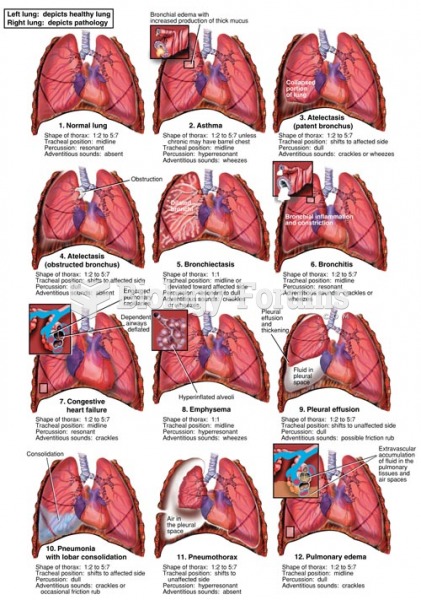Answer to Question 1
ANSWER:
Groupthink is especially likely in cohesive groups with high morale, whose members already share similar attitudes. Members of cohesive groups are less likely to consider risks or alternatives associated with their chosen plan of action. In many cases, the group is far from unanimous, but individuals are unwilling to step out in dissent and tend therefore to go along with the group rather than rock the boat. This illusion of a unanimous group further stifles serious consideration of alternatives prior to making a decision.
Students will analyze a personal example or an example from the news.
Answer to Question 2
ANSWER:
Among the variables that did seem to influence Milgrams results was proximity, both between the teacher and learner and between the teacher and the experimenter. The proximity between teacher and learner ranged from complete separation, in which the two people could neither see nor hear one another, to both people being in the same room, to the two being very close, with the teacher being instructed to physically hold the learners hand on a shock grid. As proximity between teacher and learner increased, rates of obedience dropped to about 30.
The implications of this result for modern war technologies are clear. People are more likely to press a button that harms a person if they can neither see nor hear them than they are to harm a person whose pain is apparent. The use of drones (unmanned aerial vehicles), bombs dropped from aircraft, and snipers are all examples of killing from a distance.
The proximity of the teacher and experimenter was also quite influential. The experimenter communicated with the teacher while in the room, by telephone, or by tape recording. Obedience dropped dramatically as interaction with the experimenter, who represented authority, became more remote.
The implications of this second result for modern war technologies are less clear. It appears that the relationship as well as proximity matters. The legal and personal relationship between a commanding officer and a soldier is different from that between a researcher and participants in a research study. While there are many more constraints on a soldiers behavior, the study suggests that a soldier may be more likely to follow strong, personal ethical beliefs the more distant the person issuing the order is, and if there is no one there to observe the behavior. Issuing orders by radio may often occur in military settings, but issuing them by tape-recorded message seems less likely.







